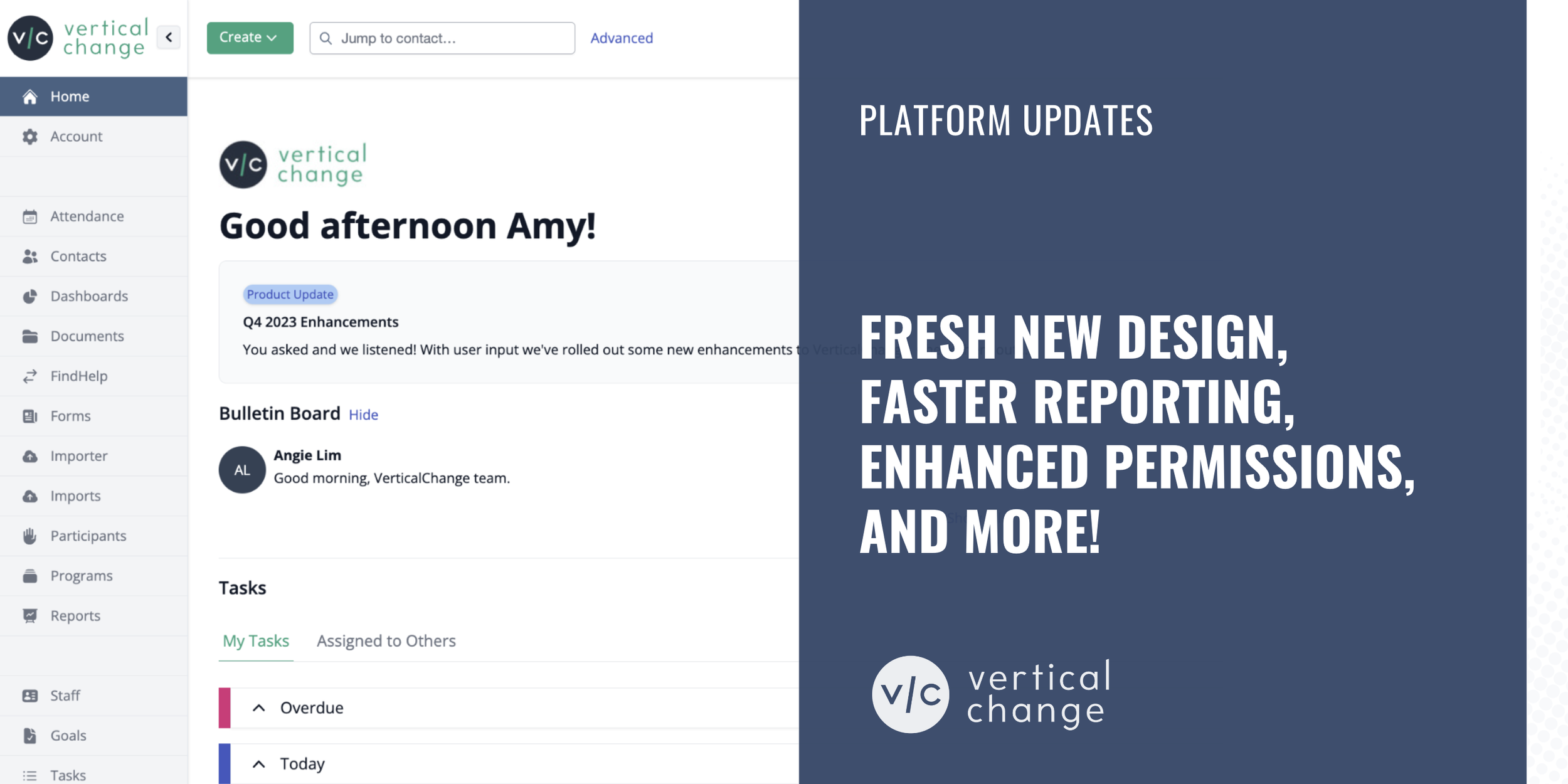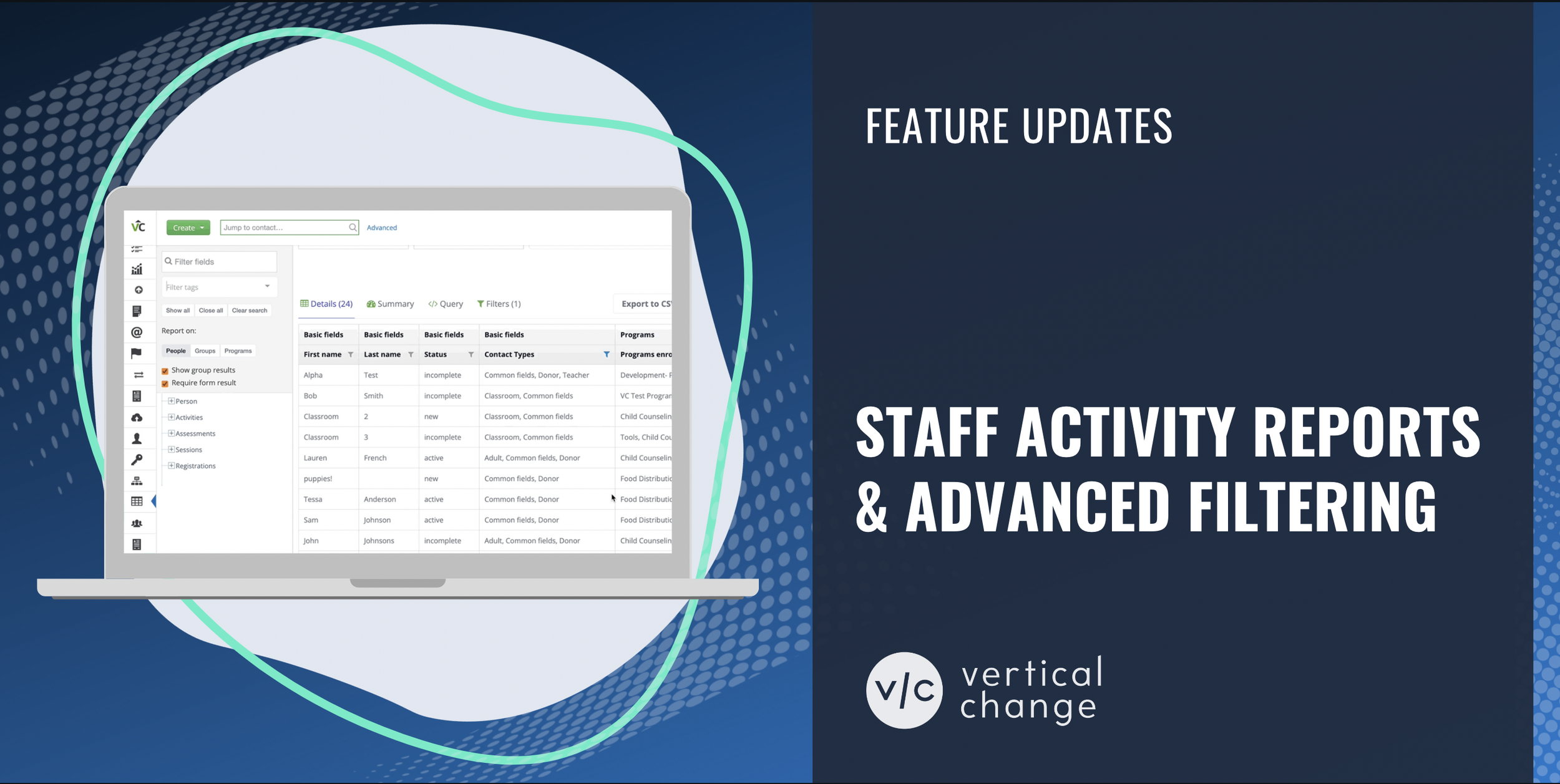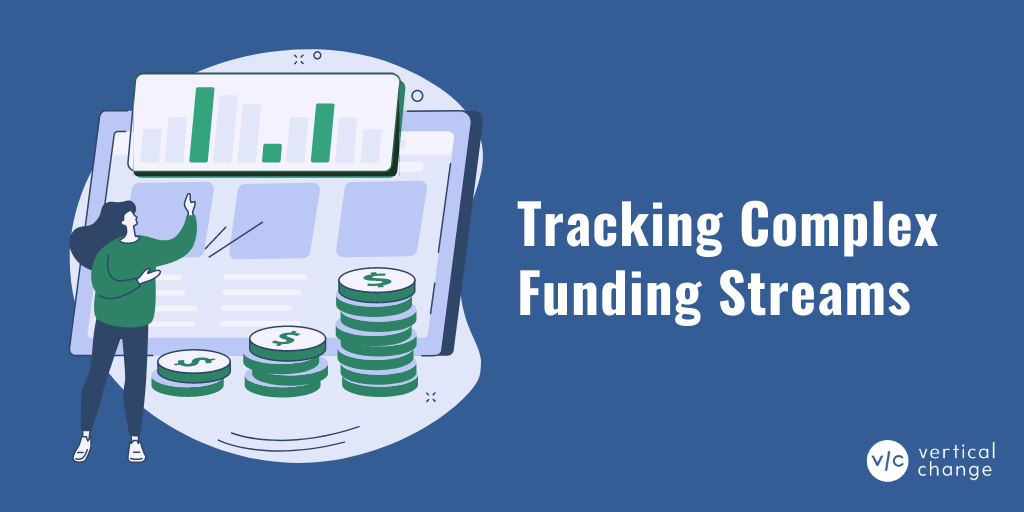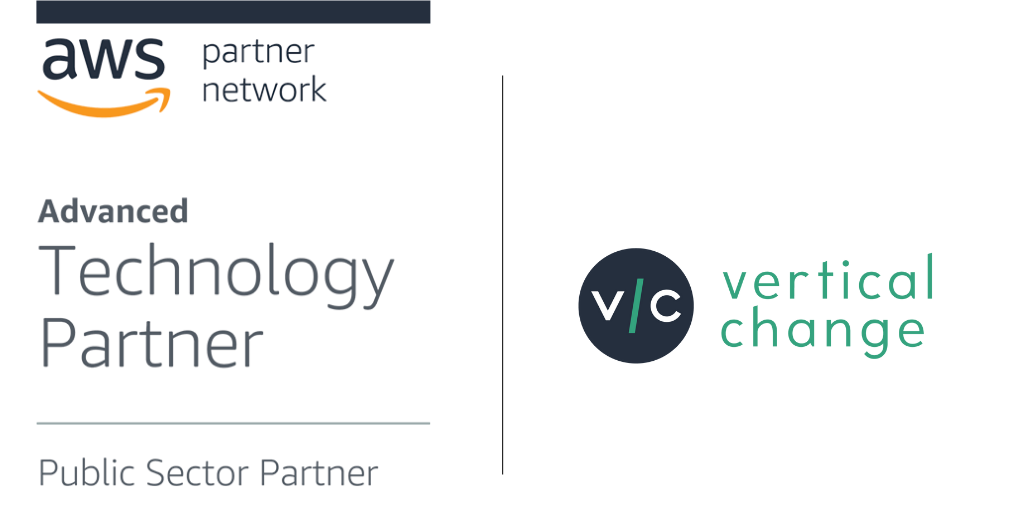Identifying the Right Software for Grant-Funded Research
Drafting a data management plan prior to submitting a grant proposal isn't just a smart move; it's a strategic investment in your nonprofit's future. This thoughtful approach not only streamlines your operations but also safeguards your resources. By laying the groundwork for efficient data management, you'll be able to develop a clear and focused strategy, all while ensuring that you plan for the necessary software solutions. This helps to maximize your chance of securing funding and empowers your organization to make a lasting impact.
Funders are increasingly focusing on deliverables that are based on data. Although corporate, foundation, and government grants differ greatly in their requirements, a well-prepared data management plan prior to submitting your proposal can give you a boost in the competition.
A data management plan (also referred to as DMP) may vary but is generally a written document that lists the different type of data you collect or are planning to collect and the format and process in which the data are collected, stored, and disposed of. Even though some funders do not require a data management plan to be submitted as part of the proposal materials, several do, and we have found that preparing a data management plan regardless of whether a funder will require it, is very beneficial.
The benefits of drafting a data management plan before submitting a funding proposal are:
Understanding what data you already have and what your needs are in terms of data software and technology.
Being aware of the capacity of your staff and existing technology in collecting and analyzing data and reporting results.
Developing ideas for new projects or the expansion of existing programs.
Writing a proposal with greater ease, as this process can help you develop research questions and identify realistic outcomes and deliverables.
Components of the Data Management Plan
Here are the general components of a data management plan as well as questions to consider when identifying software and technology solutions for your data needs:
Data Types
Include a section about the types of data used in your research. This could be observations, experiments, simulations, models, etc. Include a description of assessment measures used and the data collected from their use. Are you using paper-and-pencil or electronic measures? Can paper-based measures be replicated within the software? This is often allowable within the copyright as long as the measures are used for educational or scientific purposes.
Data and Metadata Standards
Describe the standards you will use for managing and saving data and metadata. The quality of the research depends on the quality of the data. Keep in mind that many metadata standards exist for different disciplines. Also, a data dictionary will aid the future replication of your study.
Access and Sharing Policies
Whether you are conducting research as an independent scientist or within an institution or agency, you will want to describe the policies for accessing and sharing data.
Compliance and Risk Management
Security and compliance is an ongoing process, rather than a steady state. It requires constant maintenance, enhancement, and verification by highly-skilled, experienced, and trained personnel. There are many stages involved in the transformation of voluminous sets of research data from many different sources for analysis. Assurances about data integrity, quality, and privacy are essential at all stages.
Protecting Participants
If your research involves the use of human subjects, you will want your data management plan to show how you paid special attention to privacy and HIPAA restrictions. It is important to understand that HIPAA compliance is an organizational responsibility, not a technology certification. As such, your software vendor can only help you or your organization meet HIPAA compliance requirements. Vendors are responsible only for their employees’ access to patient information; they are not responsible for the compliance requirements associated with your colleagues and business associates accessing human subject or patient information.
Re-Use, Distribution & Derivatization Policies. How will you allow your data to be reused? Will you require permission for each re-use, distribution and derivatization?
Archiving
Be specific! Indicate how you will archive the data, including where and the length of time that you will archive it. After this period, what is the policy or manner of data destruction. Your funder may expect the data be made available for an extended period of time. If so, digital libraries are user-friendly repositories of data sets and collections. Some repositories are specific to different disciplines (e.g., life sciences, social sciences, engineering and math). Indicate how you will transfer a copy of the data from the software you used for your research into the repository.
Selecting a Software Solution that Meets Your Data Needs
Writing the detailed data management plan will help you plan for the logistics and software required to support your program or research project. Wouldn’t it be nice if the software allowed for controlled, secure access by all your collaborators and participants based on their role and permission settings?
Even better, what if the software could be used for multiple data activities, including collection, management, long-term storage, and analysis of the data?
When choosing a software solution, think beyond the program or study. Consider whether you will want your software to serve as a data repository after the conclusion of the study or as the program transforms into another program, as they often do. If so, identify software that offers controlled access to researchers and program staff who want to reuse the data, replicate your study, or inform a new program. Understand the options offered to easily de-identify any data stored within the application.
If you do not want your software solution to serve as a data repository, you will want to find software that makes it simple to de-identify and extract your research or program data for import into a separate digital library. After you have gone through this process, you may want to describe the software selected and your reasoning behind the selection in your data management plan to help you answer questions funders may have regarding your data storing practices. Your funding entity will appreciate a clear and concise summary of your data management strategy.
Budgeting Appropriately
Use the development of your data management plan to draft a realistic budget for your technology needs before you apply for a grant or begin your program or research. Your grant proposal typically requires a budget summary, narrative, and/or worksheet to justify the funding request. Many people underestimate the resources required to obtain and manage software technology, and find out too late that their budget is insufficient.
As you consider software for your program or research project, be clear about the pros and cons of different cloud-computing technology, such as software-as-a-service (SaaS). Compared to the cost of purchasing software and hardware needed to run the solution (e.g., servers, databases, processors, HVAC cooling systems, engineers and IT support), SaaS is less expensive and SaaS providers have more time and resources to manage security. SaaS provides agility, scale, and speed in accessing data, which is especially helpful when you are working with a large amount of data or different types of data.
If you plan to seek SaaS, keep in mind that vendors who provide SaaS solutions often include an option for professional services. Professional services can assist with co-managing the design, customization, training, and implementation of the software solution. SaaS solutions may offer support to the software users via chat, email, or telephone. It’s a good idea to ask your potential vendor about all of these options before contracting with them.
Conclusion
Taking the time to draft your data management plan prior to submitting a grant proposal will save you time and money. It will help you develop a clear program strategy or research project while also realistically budgeting for software and technology solutions that will ease the management of your important data.
How can we help you?
VerticalChange is a data management platform built for the unique needs of nonprofits delivering programs and services. VerticalChange is completely web-based and offers live technical support for users via phone, chat, and email.
Learn how we can help you spend more time on running successful programs and less on data management. Contact us directly at hello@verticalchange.com or call 1-888-639-9717.













